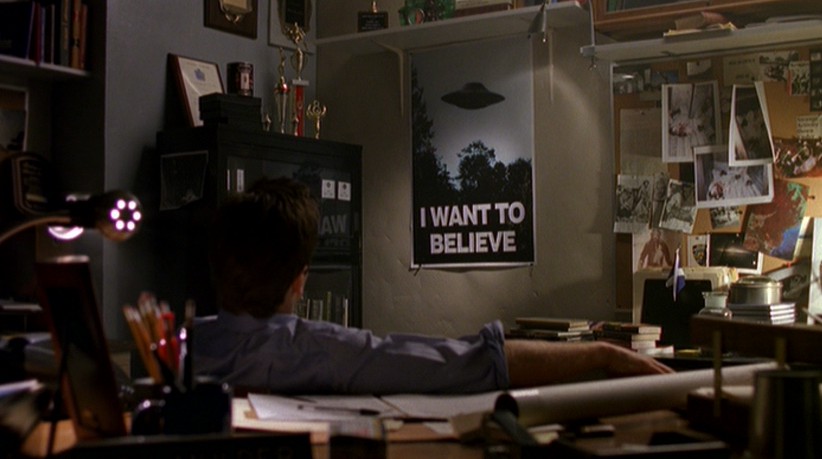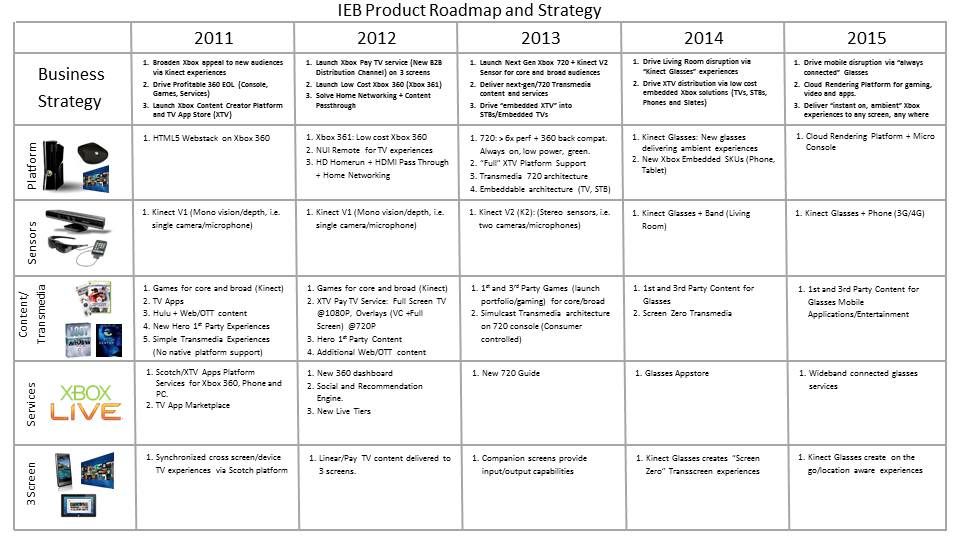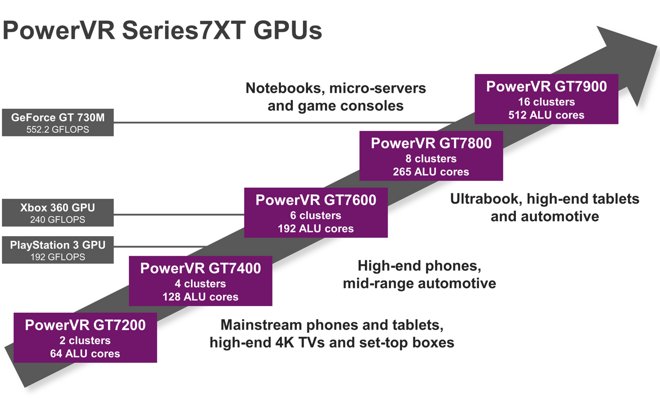jeff_rigby
Banned
First you have to understand that Sony gives NO information out on what their plans are. Second, I've been stating the same thing over and over month after month with stronger and stronger proof. We (royal we) don't put together what's happening in the CE industry and how that impacts the Game Consoles.Nothing personal jeff, but you really could use to improve your writing style a lot. As it is, your posts are really difficult to discuss, due to them being largely just lists of technology names strung together. It is also way too difficult to try to parse out what point you're trying to make. To be completely honest, I'm not really sure that even you really know what you're talking about, since your writing style is rather reminiscent of business presentations with lots of buzzwords, but little substance.
To put it simply, you focus too much on what the pieces are, and not nearly enough on how they fit together.
We only have the technologies that Sony is using and plans to use to project forward to what features the Game Consoles will have. I've also gotten a little tired of some of the posters criticising when I do speculate on how the technologies can be used. It doesn't help that everyone is moving as slow as they are in implementing these technologies.
So in June 2012 I found the leaked 2010 Xbox 720 roadmap that can be found in it's entirety on Beyond 3d. I state late 2012 that the XB1 and PS4 will be Vidipath clients and servers with DVR support which is what the Xbox roadmap is all about as the 2010 FCC Cable TV DLNA CVP2 = Vidipath mandate spells that out. That Xbox roadmap also applies to the PS4 and the features it discusses are made possible by what was discussed in the 2006 hotchips presentation on who owns the living room which is about sharing media in the home.
Read the Xbox 720 roadmap if you want an easy to understand presentation of Key features. If you want more investigate the technologies Sony and Microsoft developed and are developing, I.E. my posts.







/cdn0.vox-cdn.com/uploads/chorus_image/image/46795588/pdp-universal-media-remote-ps4-image_1920.0.0.jpg)

